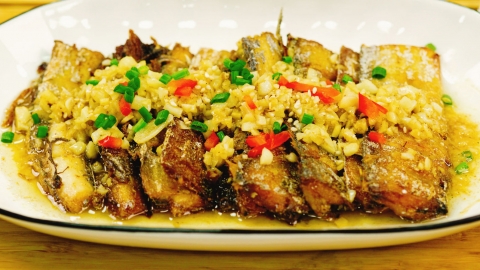Can you still eat hairtail fish if its surface has turned yellow?
Generally, whether yellowed ribbon fish is edible depends on the cause of discoloration and its overall quality. If the yellowing is due to mild natural oxidation and there are no signs of spoilage, it is safe to eat; however, if the yellowing results from spoilage, the fish should not be consumed. Detailed analysis is as follows:

If the surface of the ribbon fish has only slightly turned yellow, with no unpleasant odor, firm and elastic flesh, and no slimy texture, the discoloration is likely caused by natural oxidation of fats during storage, which is a normal phenomenon. Such fish can be safely cooked and eaten. Rinse thoroughly with clean water before cooking and ensure it is fully heated—this will not affect health.
However, if the ribbon fish exhibits severe yellowing accompanied by strong fishy or sour odors, soft and mushy texture, a slimy surface, or mold spots, it has spoiled and should not be eaten. Spoiled ribbon fish may harbor large amounts of bacteria, and consumption can lead to gastrointestinal discomfort such as abdominal pain, diarrhea, and vomiting.
To store ribbon fish properly, seal it tightly and keep it in a freezer at -18°C or below, avoiding repeated thawing and refreezing. When purchasing, choose fish with a silvery, shiny surface and firm flesh. If you find yellowing, first check for spoilage: mildly oxidized fish should be cooked and consumed promptly, while spoiled fish must be discarded immediately to ensure food safety.







